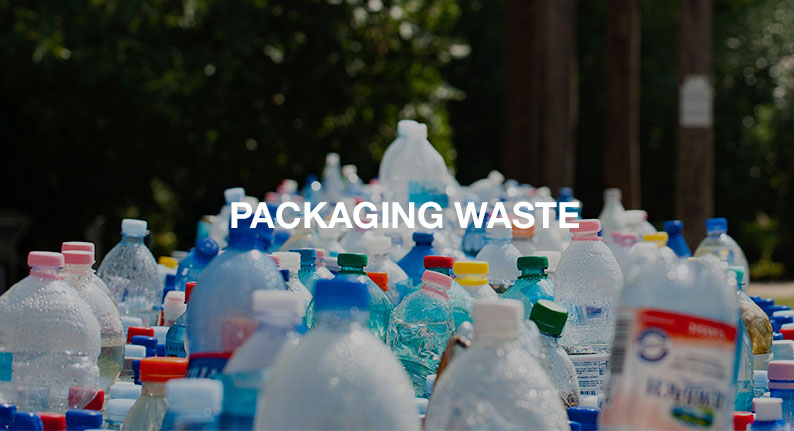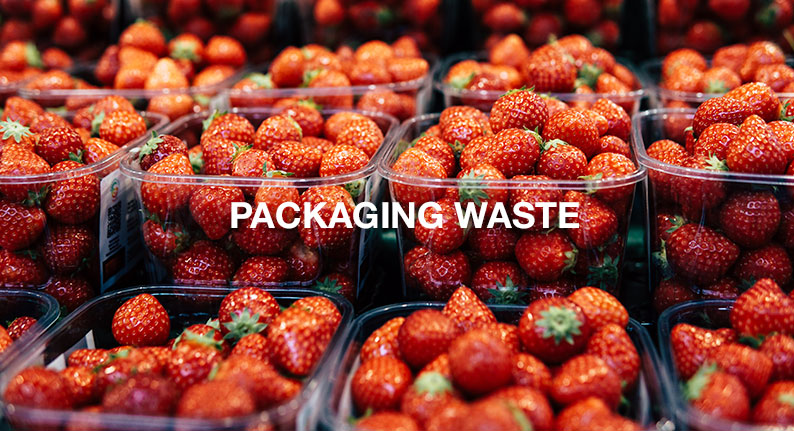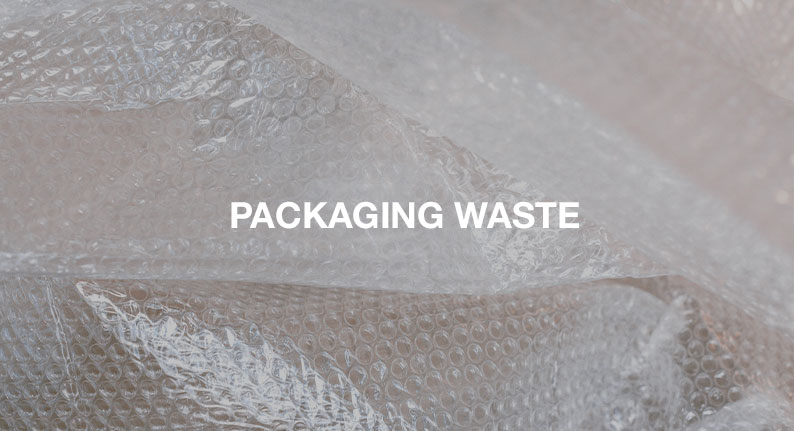Packaging Waste In Singapore
13 May, 2020 12:00 AM / by Leon Traazil

There is a vast amount of packaging waste in Singapore, accounting for ⅓ of the whole quantity of domestic waste disposed. Where does this waste come from? How is this waste currently treated? And how can we improve the situation?

Where does this waste come from?
Packaging waste is not synonymous with plastic waste. However from Singapore’s overall amount of packaging waste, more than half consists of plastic waste. According to NEA, more than 949,300 tons of plastic waste in 2018 but only 4% of this was actually recycled.
The vast amount of products consumers buy is packed in some way: Food, drinks, clothes, body care products and detergents; and packaging used in logistics (thank you online shopping). However, most of this packaging is not designed in a way that it can be fed back into circular economy. It is single use packaging. When a consumer finishes a yoghurt cup for example, he or she just throws it away.
Especially food packaging makes up for a great share (50%) of the whole packaging waste. Not only in the supermarket, but also on wet markets plastic bags are heavily used. The same holds true for food courts and take away smoothie bars or bakeries. Frequently, hawkers even pack food into styrofoam containers, which poses also risks to health as toxics like dioxin, benzene or styrene leach into warm food or drinks when they get in contact with it.
How is this waste currently treated?
Only 4% of all plastic waste is currently recycled. The rest of the waste is shipped to one of Singapore’s incineration plants and the ash ends up on the landfill. However, this is not the way that plastic as a valuable resource should go! Our landfill is filling up so fast that by 2035, it would be full (learn more about it here).
How can we improve the situation? Refuse – Reduce – Reuse – Recycle
According to the Zero Waste strategy, first and foremost we should find ways to refuse waste as much as possible and to create reusable packaging. Recycling is a great way to feed materials back into the cycle that cannot be treated with the first three steps of the Zero Waste Rs.
For reducing waste, producers and consumers both need to work together: Producers should opt for reusable packaging. For example in Europe, some companies are already offering detergents in bottles that can be refilled in the store. When consumers decide to buy in reusable packaging, this supports the efforts of companies to offer reusable respectively zero waste packaging. Especially regarding food and drinks, consumers have many possibilities to create less packaging waste which we elaborate in a separate article.
For plastic products that cannot be recycled or avoided, Environmental Solutions (Asia) supports the diversion of plastic waste away from the landfill and to minimize its social and ecological impacts in an economically viable way. We turn plastic waste into NewOil.

If you have packaging/plastic waste that you would like us to manage for you, get in touch with us today or learn more about our efforts to convert plastic waste to NewOil by clicking here.
Topics: Corporate Social Responsbility, Packaging Waste, Reimagining Sustainability, Sustainability in Singapore
Written by Leon Traazil
Leon is the Head of Strategic Partnerships for Environmental Solutions (Asia).
